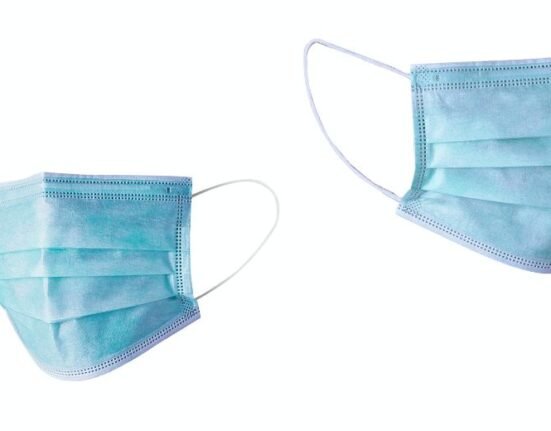HQ Team
November 14, 2022: A Food and Drug Administration advisory panel has suggested that the pulse oximeters be regulated for their efficacy, and more rigorous testing of the device should be done.
The widely used devices that measure pulse and oxygen levels have been shown to be less accurate in reading darker skin people. Panel members reviewed data presented and found the devices to be less accurate on certain patients. “I am now convinced,” said Robert Loeb, a professor emeritus of anesthesiology at the University of Florida. “There is a problem, and it has clinical significance.”
The panel heard from researchers and physicians about the issue and suggested guidelines to the FDA as they update regulations.
The device validation requires ten patients with only two (or 15%) people of colour as part of the study in carefully controlled lab situations, whereas in actual-life situations, the device may work differently.
“Enlisting healthy volunteers is like a Phase 1 study, but there’s no Phase 2 or Phase 3 studies,” said Steven Nathan, medical director of the advanced lung disease and transplant program at Inova Fairfax Hospital in Falls Church, Va., and chair of the FDA’s anesthesiology devices panel.
The panel met virtually for eight hours.
The panel also said that the pulse oximeter readings are affected by other patients’ health conditions, whereas the device is tested on healthy patients. Many physicians testified before the panel that the device requirements radically differed from the real-world ICU and ER settings where the devices are relied on to guide clinical decisions.
Nathan, the panel’s chair, noted that drugs such as the Covid treatment remdesivir had much stricter standards for approval than the device physicians used to determine whether or not to administer the drug.
The FDA wants new studies to be conducted with a higher number of patients, including dark-skinned ones, and in hospital settings. Many panel members said that data for dark-skinned patients should be analyzed separately so any issues are not lost when data from all patients in a study are pooled.
Many panellists agreed that current regulations that allow oxygen readings to be inaccurate by up to 3% on average should be tightened in the future to 2% or even 1.5%.
The panel also debated whether the OTC devices sold should include a range of readings rather than a number, put out an explainer about dark-skinned readings, or have the pharmacist counsel about it. Or issue sterner warning labels that advise people to seek medical attention if they have trouble breathing despite what the devices say. Some said that would be counter-productive as most people either do not read the warnings or ignore them.
Others said a better solution would be to ensure the consumer devices are more accurate.
The discrepancies in readings in darker skin patients had been known for decades and not corrected. It is only with the onset of the pandemic and the higher number of casualties seen in people of colour ( there are many other related issues) that again raised concerns about its effectiveness in certain ethnicities. Amal Jubran, published one of the first studies showing the discrepancy in 1990, said the devices had changed markedly since her publication, “but the inaccuracy in Black patients has not lessened.”








